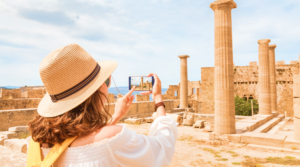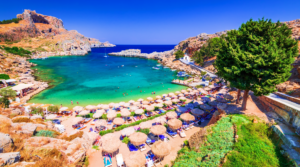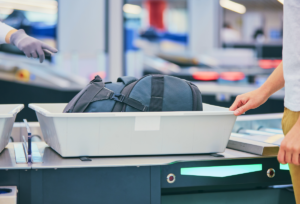A country renowned for the hospitality, friendliness and generosity of its people and where the English language is widely spoken, a visit to Malta promises its visitors a warm welcome and excellent value for money. With very mild winters and warm to hot summers, the Mediterranean climate promises visitors a great sunshine break.
In 2018, 12 beaches in Malta and neighbouring island Gozo were awarded Blue Flag status, great for topping up that tan. St Julian’s is the party capital of the island which makes it an excellent choice for the young or young at heart. For the adventurous explorers on budgets, the Maltese drive on the left side too, so it’s easy to get out and explore this small but historically rich island. The currency of Malta is the Euro (EUR).
Dining out in Malta
Dining out in Malta is an experience of culinary delight. A meal for two will cost around £53 for three courses in a mid-range restaurant. Food is based on the seasons and has strong Sicilian and North African influences. Dishes are hearty and filling, offering freshness and something for all tastes. Try the Lampuki pie, an iconic Maltese cuisine made using with fish, herbs, vegetables and puff pastry.
For the more adventurous, try the national dish – stuffat tal-fenek (rabbit stew), made with a delicious blend of rabbit, onion, garlic and tomatoes. Kapunata is the Maltese version of ratatouille and is the perfect choice for vegetarians. For lovers of cheese, try widow’s soup, made with sheep or goat’s cheese. These meals at an inexpensive restaurant will cost around £13 as a main course or slightly more at a mid-range restaurant.
The price of drinks
Beer in Malta will cost you around £2.65 for 500ml. If you’re a wine connoisseur, then it’s worth giving a Maltese wine a try – Gellewza and Ghirghentina are both great examples and cost around £4.50 in a supermarket. For something a little stronger, try Maltese-made Sovrini liqueurs – available in several flavours including carob, almond, honey, prickly pear and lemon.
Tap water in Malta is safe to drink but as it’s desalinated seawater you may find it hard on your tummy as it’s heavy in minerals. So, it’s worth investing in bottled water, which is inexpensive and costs around 95p for 1.5 litres from a local supermarket.
Out and about
Malta has a strong historic legacy and heritage and offers visitors plenty to see, a great combination of architecture and character. If you’re interested in history, visit Casa Rocca Piccola, a 16th-century palace of a Maltese Noble family in the centre of Valletta. Entrance is £7.95 for adults.
Be sure to pay a visit to Mdina Old City – the walled city of Mdina doubled up as King’s Landing in the TV series Game of Thrones. If you’re looking to see the sights in a short space of time so you can enjoy the beach for the rest of your holiday, try a hop-on-hop-off bus tour which allows you to explore the city for around £18.
For shoppers looking for culture, pay a visit to the capital city Valletta and you’ll find some great shops around Republic Street and Merchants Street. For those looking for a great night out, head to St Julian’s – the party capital of the island.
If you enjoy being out in nature, try a walk along Dingli cliffs, the highest area in Malta, standing at 220m. If you’re looking for peace and serenity, take an island-hopping trip to Malta’s sister island, Gozo. Taking around 30 minutes from Malta, a standard ferry fare is around £4.
How much spending money should I take to Malta?
How much spending money you need for Malta depends on what you plan to do, but you should budget for £50 per person per day or £350 per week of spending money to cover meals and excursions. There’s plenty to do in Malta at little to no cost, so it’s a great island for those travelling self-catering or on a budget. If you’re looking for a great all-inclusive package, it may be worth considering the Seabank Hotel in Mellieha Bay, from £660pp* for seven nights.
Tipping in Malta
In restaurants in Malta, it’s customary to tip your server between 5% and 10% of your bill. In bars, tipping is customary – add a gratuity of between 5% and 10. There’s no need to leave a tip for taxi drivers. However, rounding up a taxi fare or leaving a small tip (10% is sufficient) will be appreciated. In hotels, a service charge of 10% is common. You should also tip service staff at the hotel who are helpful – around 2 to 3 euros should suffice.
*Prices correct at the time blog was published and are subject to availability. T&C’s apply.






